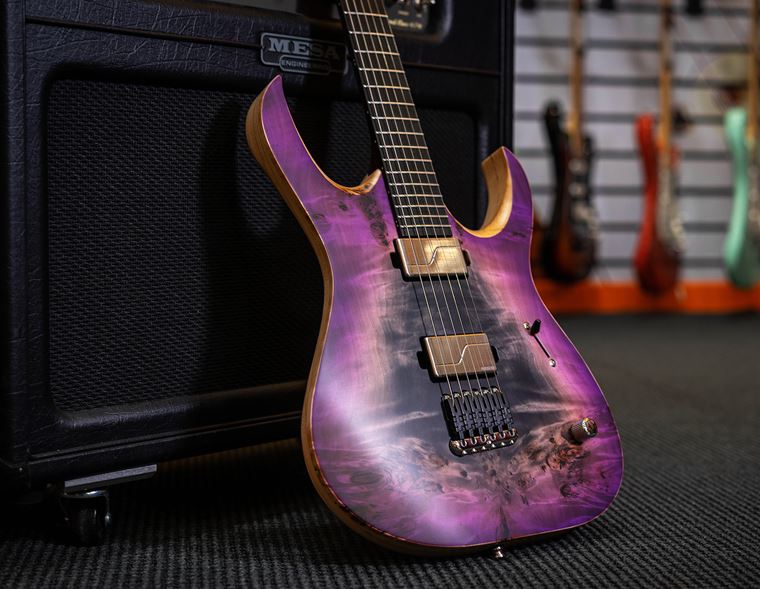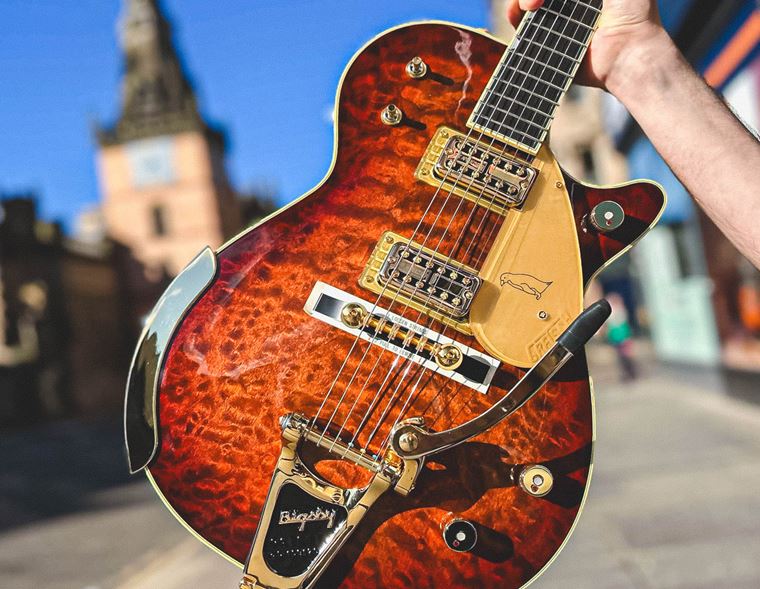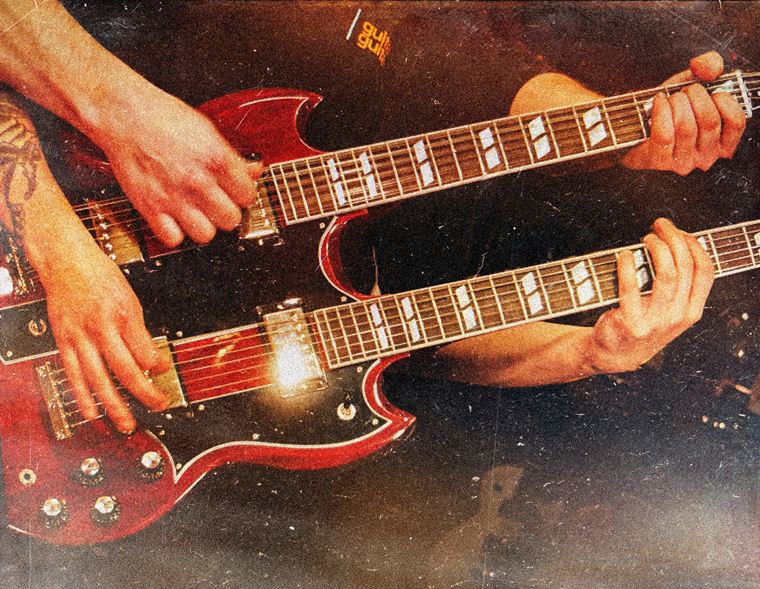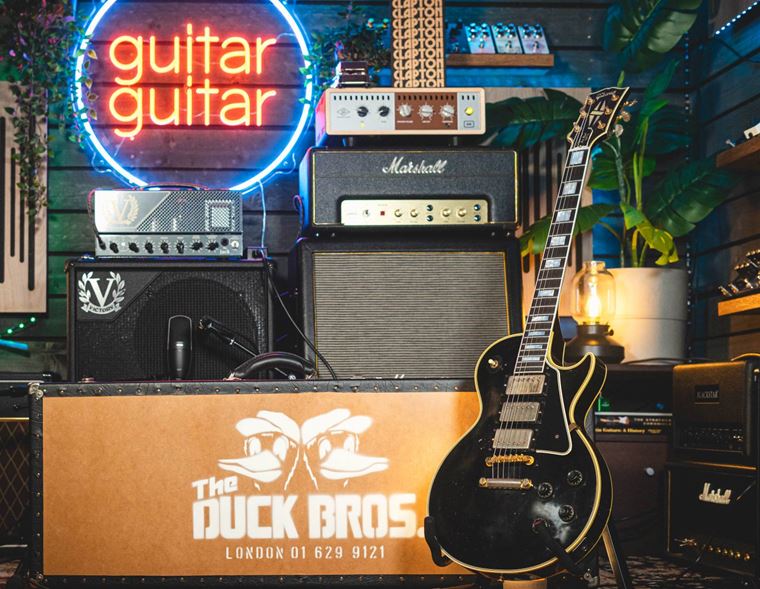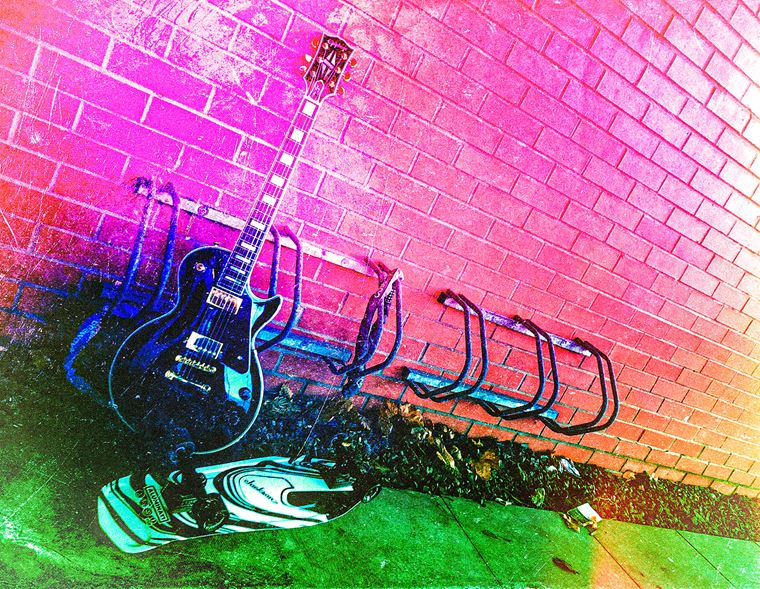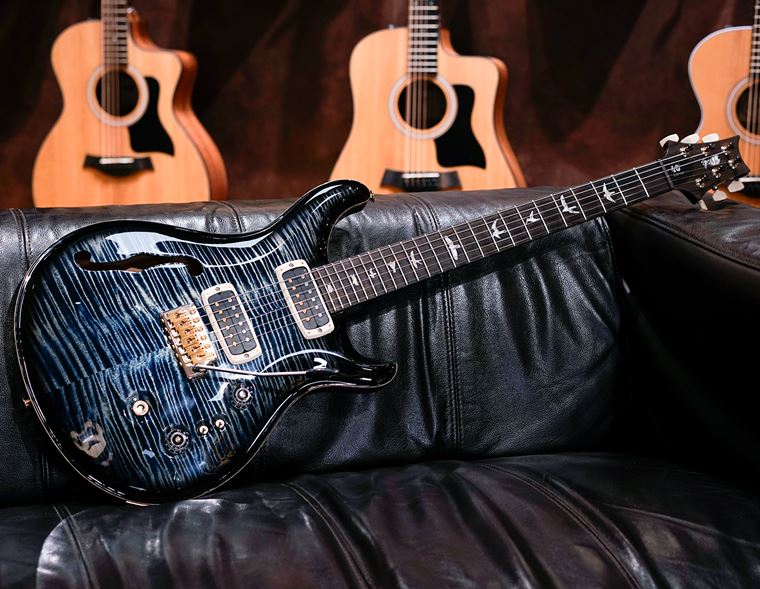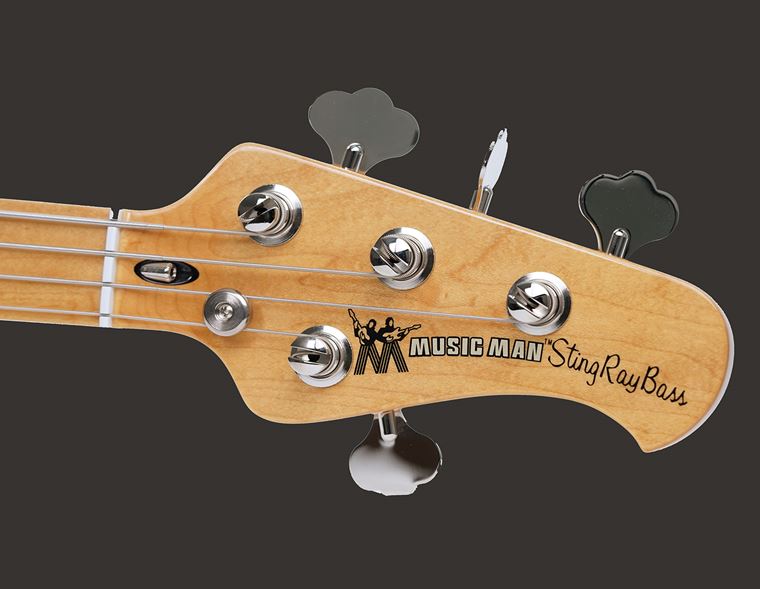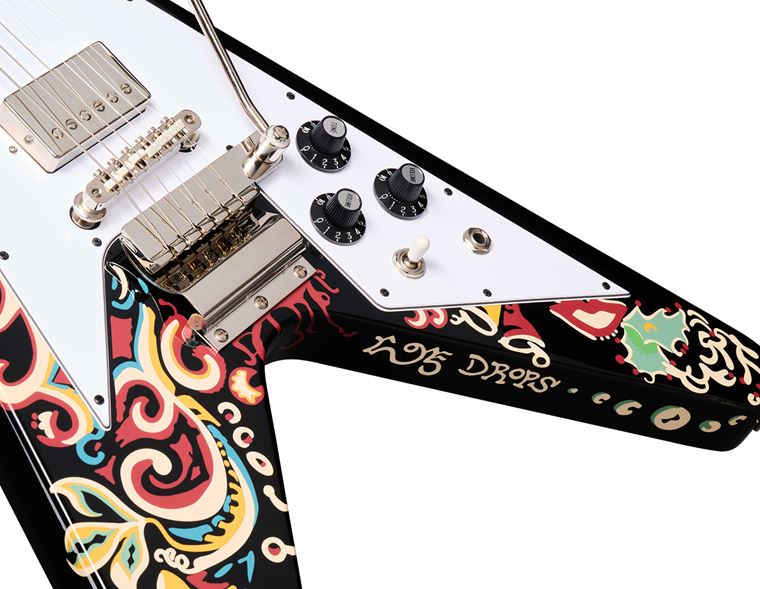Guitar Multi Effects Pedal vs Individual Pedals: Which is Best?
Published on 02 November 2023
In the land of guitar effects, there is one all-encompassing question: should you use individual pedals or a multi-fx unit?
If you had asked me this question ten years ago, I’d have probably given you a more straightforward answer than the one I’ll give today. Back then, there was a clear sonic gulf between multi-fx units and individual stomp boxes, but the last few generations of digital technology have hugely levelled that particular playing field.
Things are no longer so simple. Where in the past, a multi-fx unit brought you the masses of sounds and practical benefits, you had to compromise on the sound, something that many players rightfully rejected. After all, why compromise on your tone?
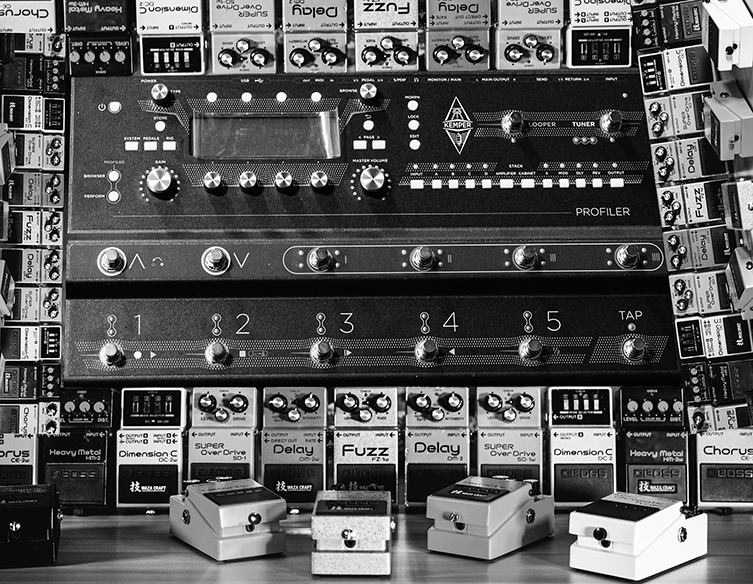
Nowadays though, the game has changed and I aim to look into this today. As a player, I’ve used pedals from an early age - both individual pedals and many multi effects units - as well as demoing and selling hundreds of pedals over the years. This means I’ve had loads of hands-on experience on both sides of the fence, and I want to share my insights with you today!
Contents
- Individual Pedals
- Best Individual Pedals
- Multi FX
- Best Multi-Effects
- Do Pedals Sound Better than Multi-Effects?
- Can I Use Pedals and Multi Effects at the Same Time?
- Are Multi-FX Worth It?
- My Experience
- Multi-FX vs Pedals: Which is Best?
Individual Pedals
First off, let’s refresh our knowledge banks with a recap on the subject of individual guitar pedals. Single pedals, individual pedals, stompboxes…whatever you want to call them, these are small devices that each change our guitar sounds in a particular way. We buy a number of them and connect them via small patch cables, and finally connect them to our amplifier. The order that each pedal appears in the chain can be changed, and of course, there’s a huge amount of choice available for each effect type.
Let’s boil this down to some pros and cons, shall we?
Individual Pedal Pros
- Everything you need, nothing you don’t, since you decide every effect!
- Largely free from annoying menus (in terms of editing)
- You can be very specific about each effect you use
- Easy to experiment with variations of pedal types
- On-the-fly changes are easier to make
- Won’t be overwhelmed by choice paralysis
- This is the way all of the classic rock stars approached their sounds
- There is a lot of fun involved in collecting limited edition pedals and special graphics/colours
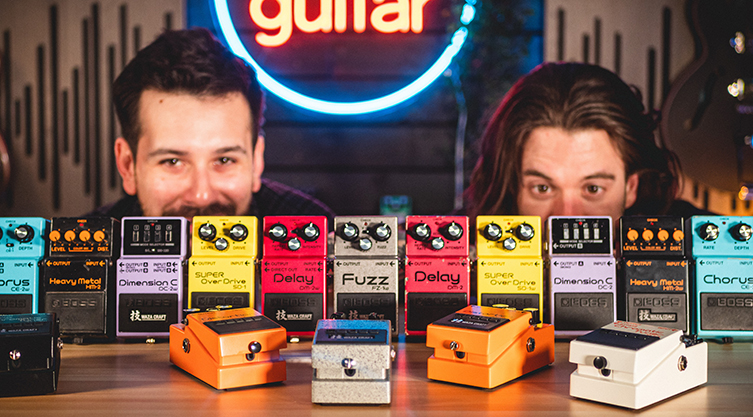
Individual Pedal Cons
- Can be very expensive
- Problem potential increased: more cables + more power supplies = more chance for problems to occur
- Pedal boards inevitably end up really heavy and cumbersome to transport
- ‘Tap-dancing’ issues when switching multiple pedals at once
- Limited by space (each pedal takes up space)
- Limited scope from relatively few effects
So, the way I see it, individual pedals are great for players who either don’t want too many choices - relying on a few trusted tones - or those who are after very specific sounds which may not be available outside of some very particular pedal purchases. If this sounds like you, then a small pedal board populated by carefully chosen individual pedals may be the road for you. Before you make up your mind though, let me spend a little time talking about multi-fx too.
Best Individual Pedals
Multi FX
So, what is a multi fx unit? Basically, it’s (usually) a floor-based device with a number of footswitches on it along with a display screen. The unit contains dozens of different effects all arranged into different preset sounds we either call presets or patches. So, you can have a selection of distortions, delays, reverbs, modulations, pitch effects and wah pedals, all inside the one unit.
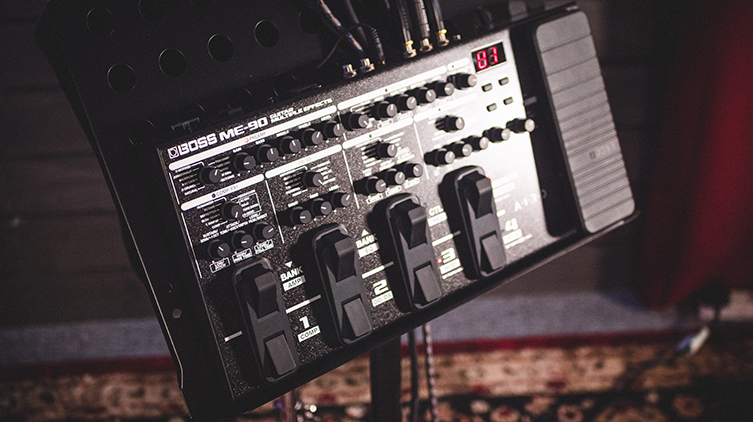
In the olden days, multi-fx units were a compromise made by adventurous guitarists who wanted to break new sonic ground at the expense of their overall tone quality. Certainly in terms of readily available units of the late 80s, 90s and early 00s, multi-fx units promised much but often delivered less. Processing power wasn’t what it is today, and the sounds from these units were often very ‘processed’ sounding, at least to the ears of most guitarists who wanted more ‘authentic valve tones’. You got lots of choice and you could make some wild new sounds, but your basic ‘meat and potatoes’ tones could be severely lacking.
So anyway, those were the old days. The processors that are around today are in a different league completely. If you opt for a top end one - and by that I mean the Neural Quad Cortex, the Line 6 Helix, the Kemper Profiler and the Fractal Axe FX - then you’ll find that the sounds onboard are almost indistinguishable from top end amps and effects pedals. Manufacturers have always promised this level of realism, of course, but it’s only been in recent years that digital amp modelling, impulse responses (Known as IR’s, and are bits of data that simulate the physical response of a speaker cab when a loud signal plays through it) and processing power have actually captured genuinely realistic guitar tones and bottled them into the magic lamps that are these current-generation multi-fx units.
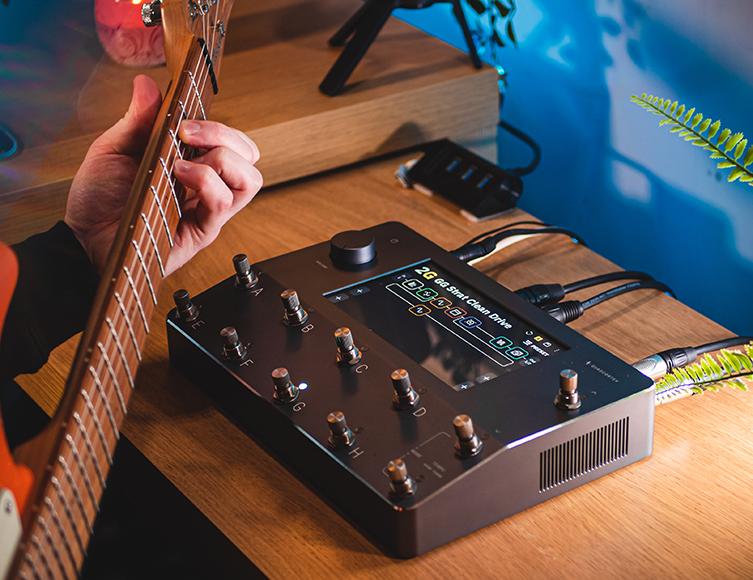
Multi Effects Pros
- Modern units sound outstanding, though cheaper models still sound ‘processed’
- A huge number of effects available, more than any pedal board could hold
- Ability to experiment with unusual effects without having to commit to buying them as individual pedals
- Patches & presets mean you can change multiple sounds quickly
- Use multiples of an effect for different tones and songs. E.g. have seven wah pedal tones at your disposal, changing from song to song, rather than selecting just one physical wah pedal to use on everything
- Lots of utilities built in such as loopers and tuners
- Only one unit to plug in, so less cables
- Only one unit, so far lighter to carry around
- More comprehensive inputs and outputs
- Many units can be updated via USB for more sounds and options
- Lots of today's pro players are using high end multi-fx units
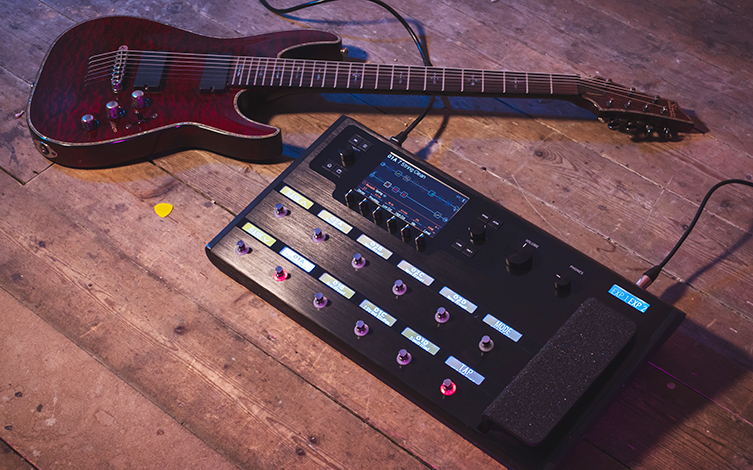
Multi Effects Cons
- Older units are likely to sound below-par
- Editing sounds can be a pain due to menus and sub menus
- Some units can spoil the overall sound of your amp (known as tone-sucking)
- The choice of options can be more than some players need
- There’s no scope to mix and match effects, apart from what’s in the unit
- Effects themselves may not have as much 'character' as certain stompboxes
So, those are the main pros and cons of each method. As with most things, there is no obviously ‘better’ way, but some of these factors should influence your decisions. Again, one thing I’d stress pretty strongly is that the sound quality isn’t much of a factor any more, since multi-fx have massively improved in recent years.
I also made the point of noting that cheaper multi fx units still sound pretty ‘processed’ at times (not always though!) but here’s a take for you: if you are playing music that’s maybe more extreme or experimental, having a more processed guitar tone could be exactly what you’re looking for! Not everybody wants vintage valve crunch or Hank Marvin twang, after all.
Best Multi-Effects
Do Pedals Sound Better than Multi-Effects?
This is a tricky question, and depends so much on other factors. Do pedals sound better than multi-effects? In all objective reality, not really, no. it’s all relative: if you want a very particular flavour of distortion (say for example, a Soldano overdrive), then you’ll probably have to buy Soldano’s SLO overdrive pedal (if not one of their amps) to get that sound. Lots of multi-fx units will claim to give you that sound, but in my experience, they don’t tend to be exactly on the money. You’ll get excellent, pro-quality overdrives from them, absolutely, but they won’t necessarily be exactly the same sounding.
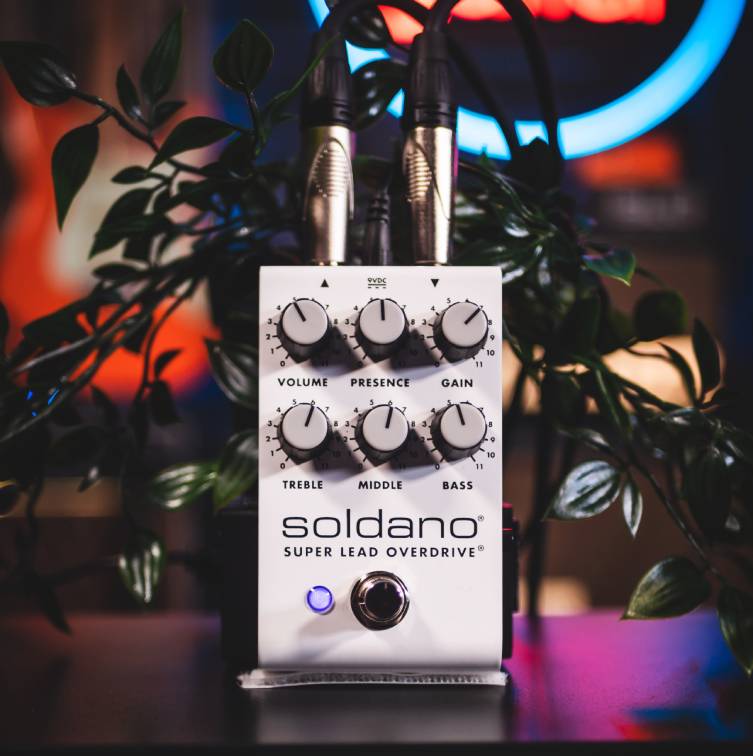
That’s a big ‘sometimes’ though, because, to my ears at least, the 5150 amp model on the Neural DSP is about as perfect a take on that sound as I think I’ll ever hear! To further that example, MXR collaborated with EVH on a 5150 Overdrive pedal and to my ears it doesn’t get particularly close at all to that very specific and famous growl. It's a wonderful gain pedal and well worth having, but if we're talking specifics - and we are - it's not nailing that particular tone as well as the 5150 model in the Quad Cortex. So, do pedals sound better than multi-effects? Often yes, but definitely not always.
Can I Use Pedals and Multi Effects at the Same Time?
The short answer is yes, you can. The slightly longer answer is, yes, but it’s easier with some units than others. Some multi-fx contain their own fx loops, which will place your additional pedals in the correct part of its digital signal path in order to make the best of the pedal (in between the preamp and power amp sections for modulation and time-based effects).
Not all multi-fx have this feature though, and whilst you can certainly connect your pedals ahead of (wah, distortions) the multi-fx or after it (modulation, delay etc), you’ll maybe notice some compromises in sound. Some units allow you to plug in an external distortion effect, so do keep an eye out for that, because it can really open up the usability of the whole unit.
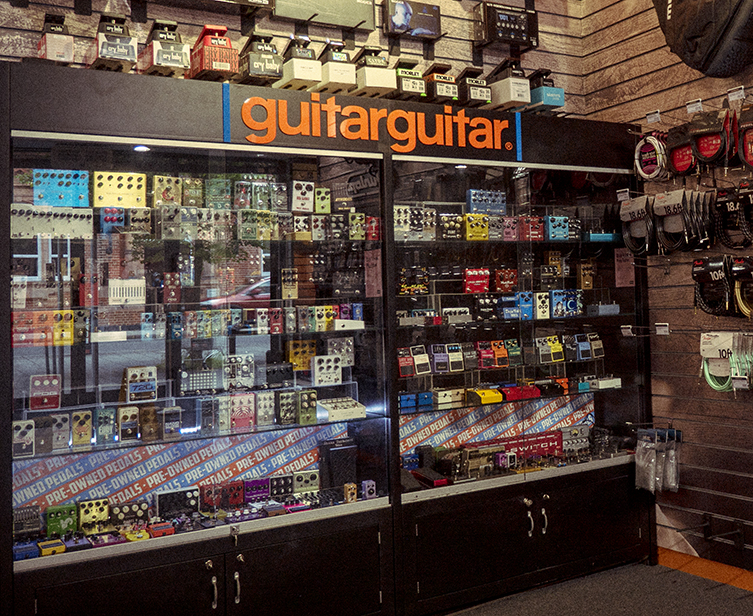
Are Multi-FX Worth It?
This is another question I’ve had a lot, and the answer hugely depends on your goals as a musician. Here are a few questions for you:
- Do you want to have multiple types of effects available?
- Do you like to play around with unusual tones and textures?
- Do you like the idea of carrying one box with you and getting pretty much all of your sounds from it?
- Do you cover lots of styles and want appropriate guitar tones for each style?
If you are inwardly nodding your head at at least a few of these, then it sounds like some form of multi-fx pedal is for you. These days, they pretty much all contain amp models and speaker simulations too, so you can have your entire rig created virtually from inside your multi-fx processor.
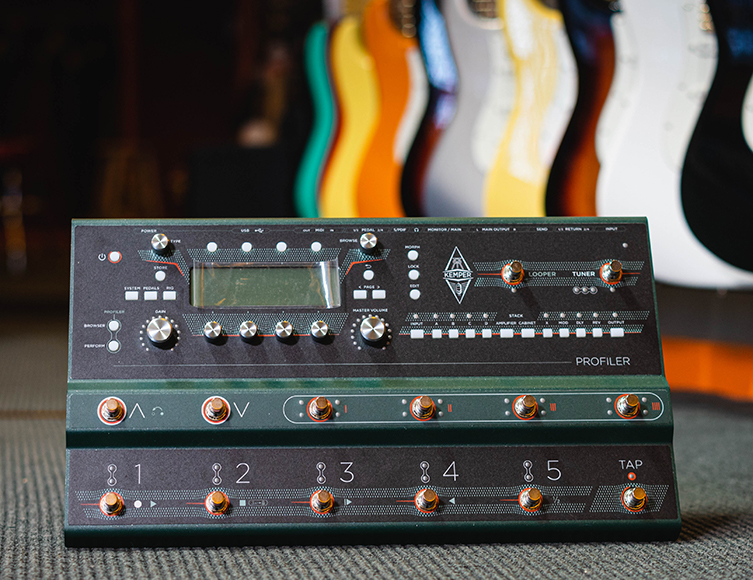
On the other hand, do you have an expensive guitar and amplifier already? And do you want to base your sound on those elements, peppering them only with a little bit of delay or wah now and then? If that sounds more like you then I think you’ll quickly tire of a multi effects pedal. That said, you can always take advantage of some of a multi-fx’s numerous onboard effects via your amp’s fx loop. This still means you’re using your amp primarily as the base for your tone, and still enjoying the wealth of options for effects that the multi-fx unit will grant you.
My Experience
As a qualifier, and indeed as an example of navigating this subject, I’ll briefly share my effects experience, both as a gigging player and as a staff member who has plugged into literally thousands of units over the years.
So, I was interested in effects at an early stage of my playing (indeed, effected noises were my primary motivation to begin learning) and after a second hand Korg A3, I began my gigging life with a BOSS GT-6 multi-fx. I quickly got used to the amount of choice available, and formed opinions on fx that remain to this day (I favour delay over reverb, and flangers over chorus etc etc), all thanks to my endless hours of tinkering.
This all got me so far in my gigging experience, but I also bought the odd single pedal. This intensified once I joined guitarguitar, because the expectation is largely true: you are kind of like a kid in a candy shop! I compared fuzz pedals (I chose the ZVEX Fuzz Probe, which was magnificent), wah pedals (the Dunlop EVH one impressed the most) and all manner of other stompboxes.

This was the point where I switched to a pedal board filled with individual pedals. I had a lot of fun selecting the components, arranging the layout that best suited my needs and fitting all of the pedals to a big metal T-Rex pedal board. I kept this set up for four or five years, swapping out pedals when I felt like it. It was good fun but I didn’t enjoy the weight of the board, nor the compromises involved in switching multiple pedals at once. I was aware that companies such as Gig Rig produced switching systems, but those cost the same as a few new pedals, so I was hardly likely to be interested in that!
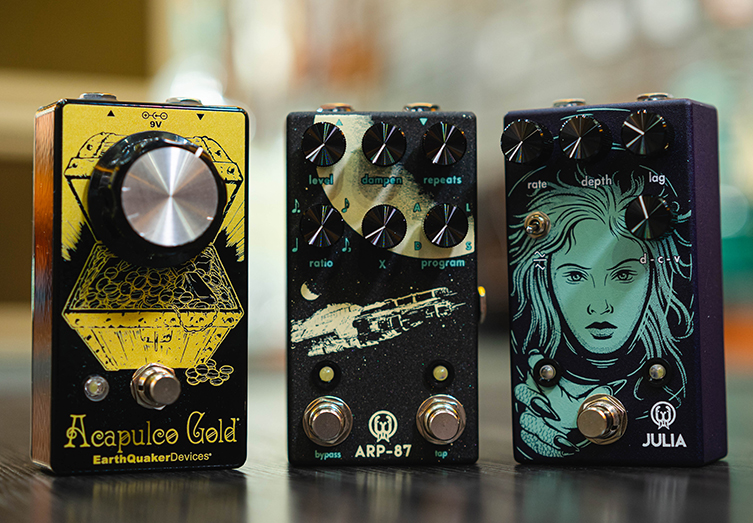
At some point, Line 6 released the M13 Stompbox Modeller, which I jumped onto early. This was great: all of their effects but no amp simulations, so it would go into the front of a clean amp, which in my case was either a Peavey JSX or a Vox AC30. I gigged with such a setup for a while (I’ll stress that I did not use both amps at once!) but relying on public transport in city centres caused practical problems for me.
In 2011, Devin Townsend came to our Glasgow store while I was a salesperson, and his all-digital rig (an Axe-FX) turned my head. It sounded unreal, and allowed him to go from a very effected clean sound to a very dry, high-gain sound with one press of a footswitch.
I was hooked. So much so, in fact, that I’ve only recently gone back to owning a physical amplifier. For the last ten or so years, I’ve gone entirely digital for all of my amp and effects sounds, and I’ve enjoyed a consistent, stress-free setup that has given me an excellent live sound, recording sound and practice sound. As far as I’m concerned, there are too many benefits to the digital way of life to truly go back to an amp and pedals.
So why did I buy an amp again? Two reasons: I sometimes simply require one for rooms with limited PA systems, and also; the top modellers still cost loads of money and a great amp can actually be had for a lot less. Since I have a digital modeller and an amplifier, I feel like I can tackle anything, so it’s win/win for me!
Multi-FX vs Pedals: Which is Best?
So, there’s my own genuine, real life, guitarguitar staff member and gigging player’s take on this subject. I’ve landed in a land that’s almost entirely digital, but with a great valve amp sitting ready to go when I need it. Is this the answer, then?
For me, yes, but for you? That all depends on your goals. If you want to kind of ‘plug in and get on with rocking’, then I still suggest one or two individual effects pedals. If you want to be more of an architect of sound, or if you simply want to have a tuner and looper at your feet without necessarily devoting precious floor space to them, then a multi-fx unit will do your bidding. Switch complex sounds quickly, save sets worth of tones for easy gig switching, and have a consistent sound that will please all sound engineers? It’s quite a hard situation to beat, to be honest.
But yeah, if you play a genuine 1959 Les Paul Standard through a Dumble amp, I don’t suggest sticking a Zoom G3 in between them, ok?


